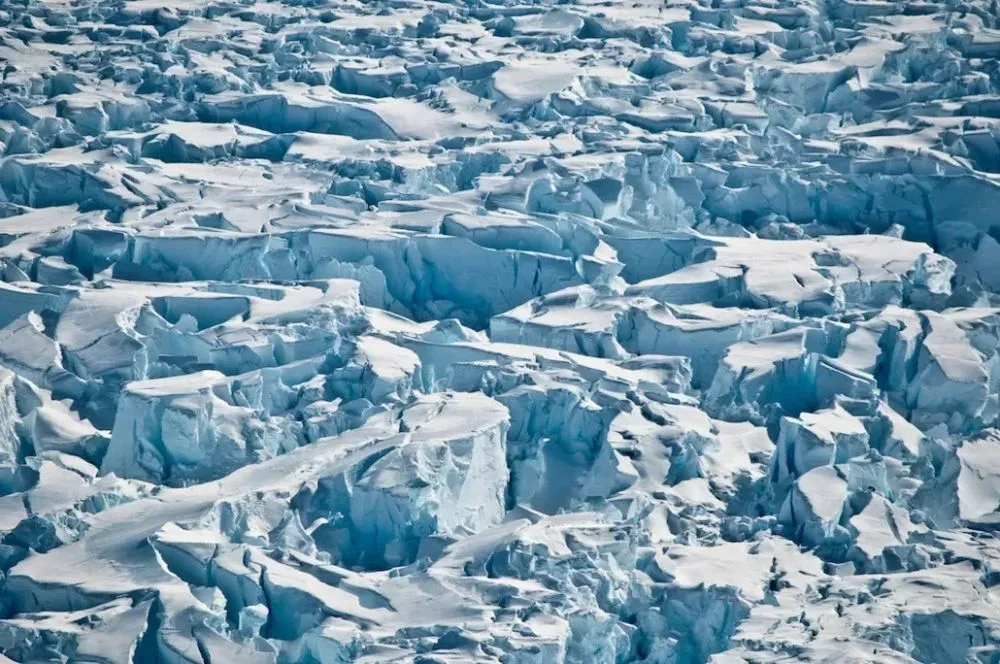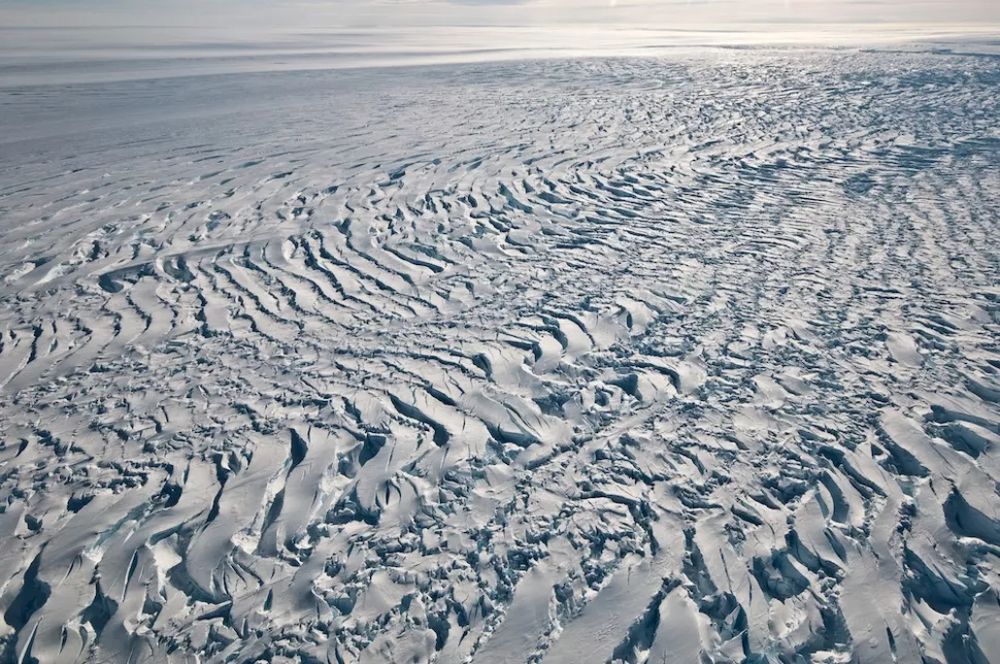Ice Shelf Supporting Pine Island Glacier Expected to Collapse within a Decade
Making a shocking revelation, a study has stated that the ice shelf supporting Pine Island Glacier could collapse within a decade. Unlike other Antarctic glaciers, it is quite susceptible to ocean warming.
The Pine Island Glacier is known as “the weak underbelly” of West Antarctica, for it contributes more to sea-level rise than any other glacier on the continent and is one of the fastest-melting glaciers in the world.
Published in the journal Science Advances, the study was conducted by Washington University and British Antarctic Survey. It said that from 2017 to 2020, a large iceberg on the border of the ice shelf crumpled and glaciers speeded.
The researchers analyzed satellite images from January 2015 to March 2020, which revealed that the ice shelf is tearing itself apart. One-fifth of its mass has vanished in the last five years, as captured by the Copernicus Sentinel-1 satellites, operated by the European Space Agency on behalf of the European Union.

One-fifth of the mass of Pine Island Glacier has vanished in the last five years | Image: Ian Joughin
The satellites documented high-resolution images every 12 days for most of the first two years. The data collected exhibited that recent changes in the ice shelf are not inflicted by processes directly connected to ocean melting.
Pine Island Glacier is one of the major ice streams in Antarctica, containing approximately 180 trillion tons of ice, melting of which could contribute to a 0.5-meter rise in global sea level. The ice shelf of the glacier has seen many rifts in the center, possibly adding to the instability.
According to Ian Joughin, a glaciologist at the UW Applied Physics Laboratory and lead author of the paper,
The recent changes in speed are not due to melt-driven thinning; instead, they’re due to the loss of the outer part of the ice shelf. The glacier’s speedup is not catastrophic at this point. But if the rest of that ice shelf breaks up and goes away then this glacier could speed up quite a lot.
The ice shelf causes about one-sixth of a millimeter rise to the sea level each year or about two-thirds of an inch per century. Various previous studies have also indicated that past thawing events were due to melt-driven thinning, rigorous near the grounding line.

If continued, this melting process would accelerate the decline of Pine Island even further | Image: Ian Joughin
The researchers discovered that the calving rate of the ice shelf doubled between 2017 and 2020. The disintegrated shelf lost significant contact with the coastline in the southern region. Coinciding with a sudden acceleration of the glacier, this change continued to speed up as more icebergs broke off from the shelf over this time.
Concurrently, the available data directed no recognizable change in the ocean temperature inconsistency in the region, indicating that melt-driven retreating of the ice shelf was not responsible.
If continued, this melting process would accelerate the decline of Pine Island even further. It already adds a dangerous amount to the sea level each year, but losing the ice shelf could double or triple that rate.
Via: Down to Earth


